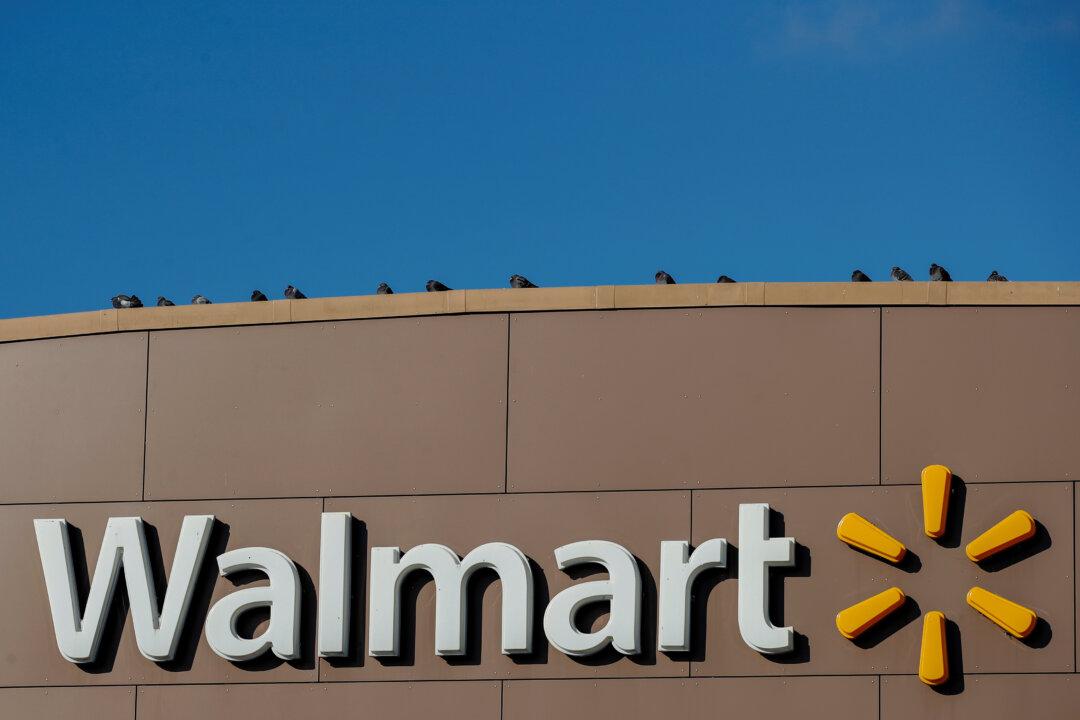Apparel retailer Gap announced on Thursday that it will lay off 1,800 employees as it looks to cut costs amid weak sales and excess inventory.
Gap, which also owns Old Navy, Banana Republic, and Athleta, said the layoffs will lead to around $300 million in annual savings for the company. The layoffs should be completed by the end of July, according to the regulatory filing.
“We are taking the necessary actions to reshape Gap Inc. for the future—simplifying and optimizing our operating model, elevating creativity, and driving better delivery in every dimension of the customer experience,” said executive chairman and interim CEO Bob Martin, in a prepared statement.
It’s Gap’s second round of job cuts in recent months. Last September, Gap cut some 500 corporate jobs in a bid to save $250 million annually.
As of Jan. 28, the apparel chain had roughly 95,000 employees, and about 9 percent worked in headquarters locations, according to the regulatory filing.
Gap has been struggling with a sales slump for years despite numerous initiatives to fix the business through a revolving roster of executives. The pandemic and surging supply-chain costs have exacerbated financial conditions at The Gap, in addition to other challenges.
Last fall, Gap and Kanye West abruptly ended a partnership to distribute the rap artist’s Yeezy clothing line. The partnership was expected to last up to a decade, with the potential to bring in $1 billion per year in sales for Gap.
In its most recent quarter, The Gap Inc. recorded a 6 percent drop in net sales, with declines across all brand divisions. Quarterly losses stacked up to $263 million from just $16 million the year-ago period.
Consumers have curbed spending on non-essential items, affecting sales of apparel, with all of Gap’s four brands posting a fall in sales in the fourth quarter.
The Gap continues to operate without a permanent leader after its previous CEO, Sonia Syngal, stepped down last July.
The retail giant joins a slew of other businesses that have announced layoffs in recent months as the job market begins to slow, following months of historic post-pandemic growth.




